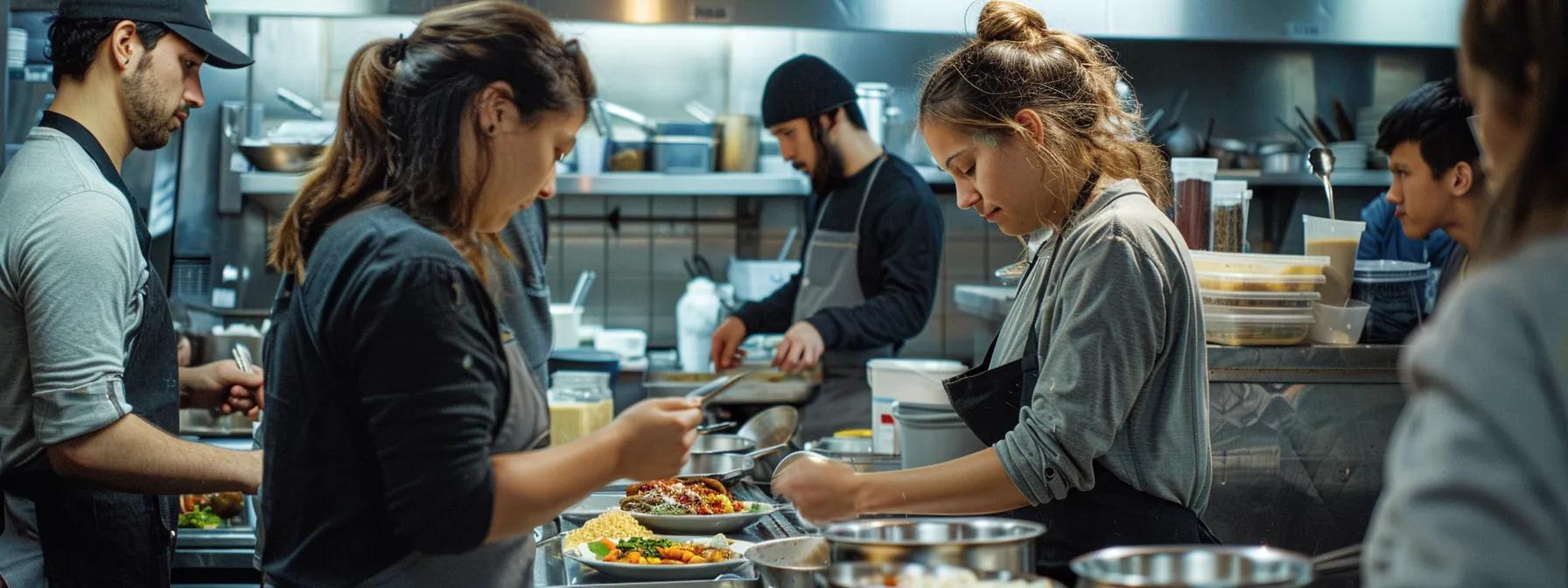The path to becoming a chef is not just paved with recipes and creative flair; it also involves careful financial planning to manage culinary school costs. Culinary education can be a vital step towards a successful career, equipping students with the necessary skills to succeed in the competitive food industry. However, prospective students often face the question of whether they can afford to pursue their culinary ambitions. Understanding the expenses involved and exploring ways to make culinary education affordable is essential. In this article, we’ll delve into various strategies and options for managing these costs without sacrificing the dream of a culinary career.
Understanding the Real Cost of Culinary School
Pondering a culinary education inevitably brings up the matter of tuition. However, tuition is only part of the overall culinary school cost. Prospective students must also factor in the expenses related to culinary tools, uniforms, books, and other supplies. These additional costs can sometimes surprise the unprepared student, so it’s crucial to get a comprehensive overview before enrolling.
Furthermore, the cost of living while attending school can significantly affect your budget. For those relocating to pursue their studies, housing, transportation, and food outside the classroom are additional considerations. Beyond direct costs, one should not overlook the opportunity cost of time spent in school, which could otherwise be used to earn an income.
Different culinary schools offer varying levels of prestige, facilities, and connections in the food industry. These factors influence tuition and can lead to a wide range in the overall cost of education. For instance, attending a top-tier culinary institution may provide a substantial return on investment through prestigious apprenticeships and job placements, justifying a higher upfront cost.
Exploring Financial Aid and Scholarship Opportunities for Aspiring Chefs
One of the most effective ways to manage culinary school expenses is to take advantage of financial aid and scholarships. Most schools offer a range of financial aid packages, including federal aid, grants, and work-study programs. Understanding eligibility requirements and how to apply for these opportunities is the first step toward reducing out-of-pocket costs.
In addition to financial aid, numerous scholarships are available specifically for culinary students. These scholarships may be merit-based, need-based, or focused on particular demographics or areas of culinary expertise. Investigating and applying for these scholarships requires diligence, but they can offer significant financial relief.
Organizations outside of culinary schools also grant scholarships and awards to aspiring culinary professionals. These can include industry associations, community groups, and food-related corporations, all potential sources of educational funding. Often, these scholarships are not as widely publicized, so proactive searching and networking can uncover these hidden gems.
Creative Ways to Save Money While Attending Culinary School

Aside from seeking financial aid, there are innovative ways to save money while in culinary school. One strategy is to invest in quality culinary tools that will last throughout your education and beyond, thus avoiding the need for costly replacements. Additionally, purchasing pre-owned textbooks or utilizing the school’s library can lead to substantial savings.
Another approach involves housing and living expenses. Students can minimize costs by sharing accommodations, embracing a budget-conscious lifestyle, and cooking at home, which also provides extra culinary practice. Carpooling or using public transportation instead of owning a car can further reduce daily expenditures.
Further cost-saving measures include taking advantage of student discounts wherever possible and participating in food events or competitions that might offer prizes or scholarships. Additionally, some culinary programs offer school-sponsored events where students can network with industry professionals or even earn while learning, acting as valuable experience and a source of income.
The Role of Part-Time Work in Funding Your Culinary Education
Part-time work can play a significant role in funding your culinary education. Many students take on jobs within the hospitality industry while they study, which not only assists in covering costs but also provides invaluable real-world experience. Balancing work and study requires excellent time management skills, but the rewards extend beyond just financial gain.
Some culinary schools have strong relationships with local restaurants and food businesses, which can lead to convenient part-time job placements for students. These opportunities not only help with expenses but also reinforce the curriculum, offering a practical understanding of the culinary arts.
Nonetheless, it’s crucial to ensure that work commitments do not impede educational progress. Students should communicate openly with their employers about their school schedules to establish working hours that don’t interfere with their studies.
Managing the costs of a culinary education is a multifaceted challenge that requires planning, creativity, and commitment. However, with the right strategies and resources, aspiring chefs can find viable paths to finance their culinary dreams and lay a solid financial foundation for their future careers in the food industry.








